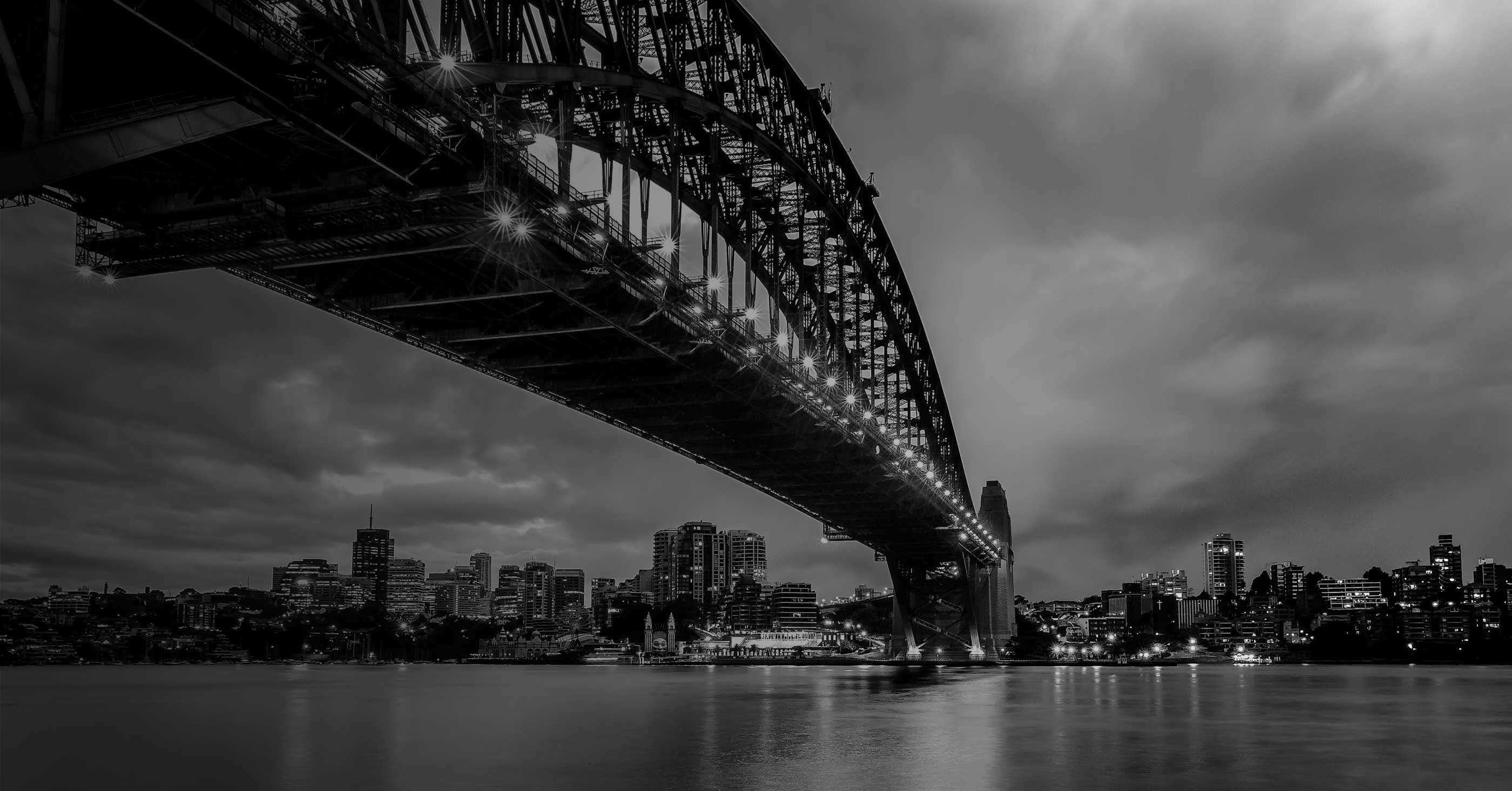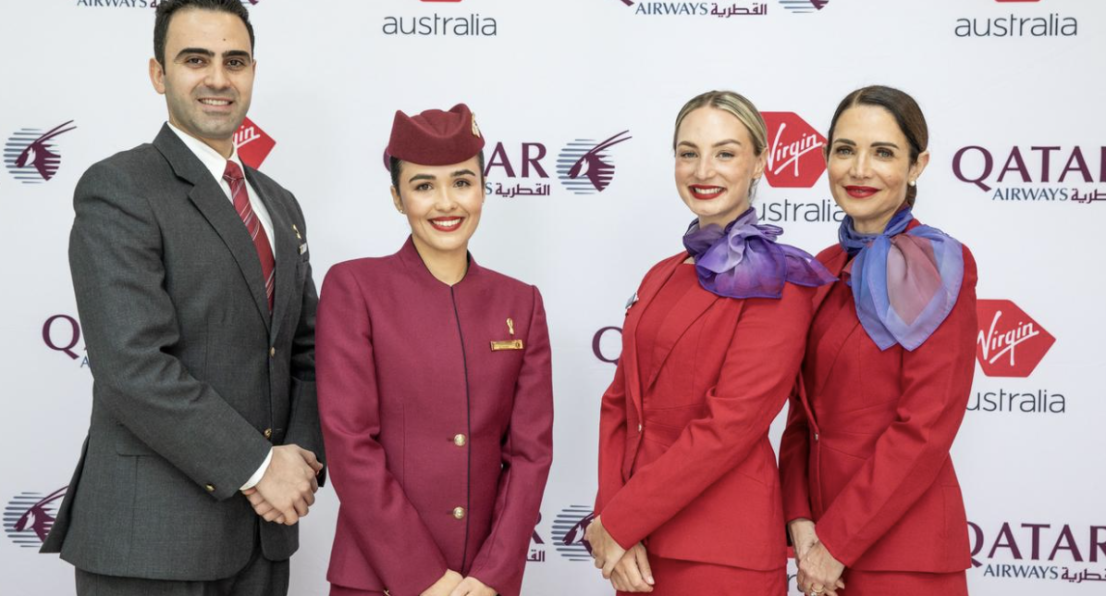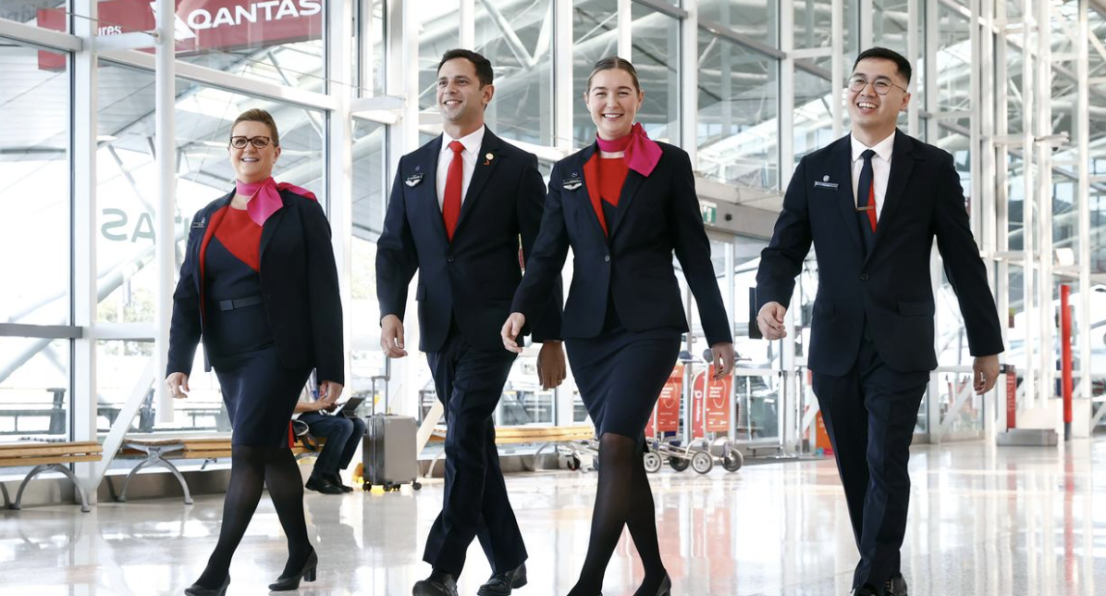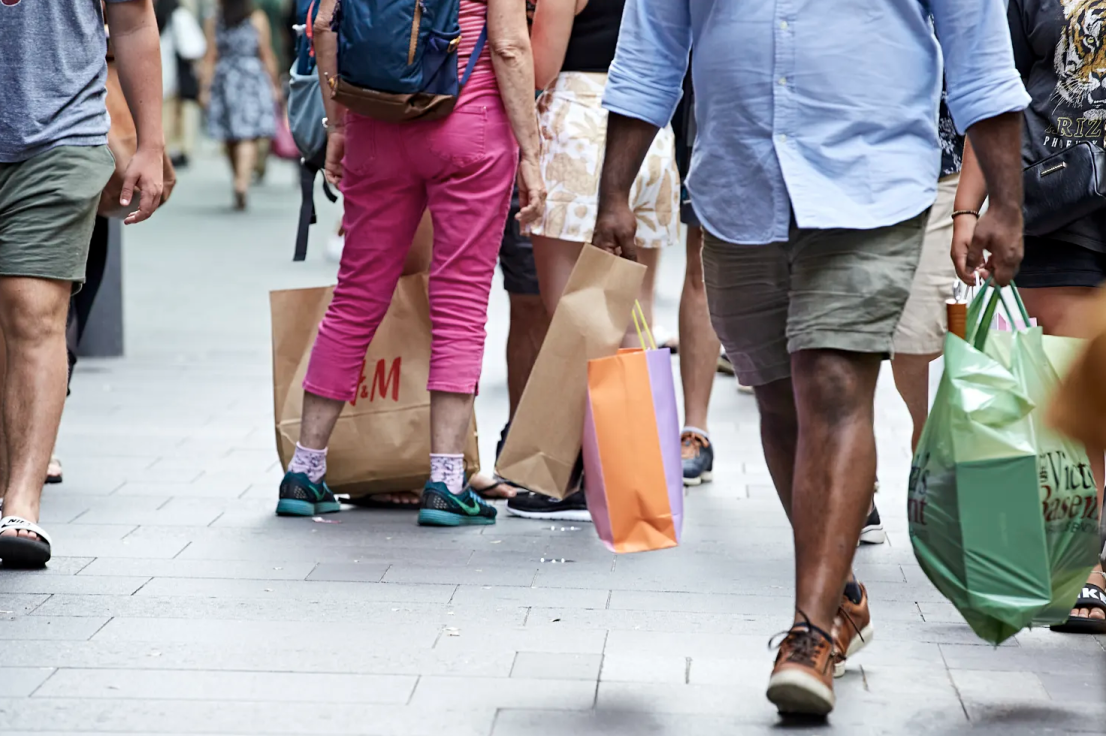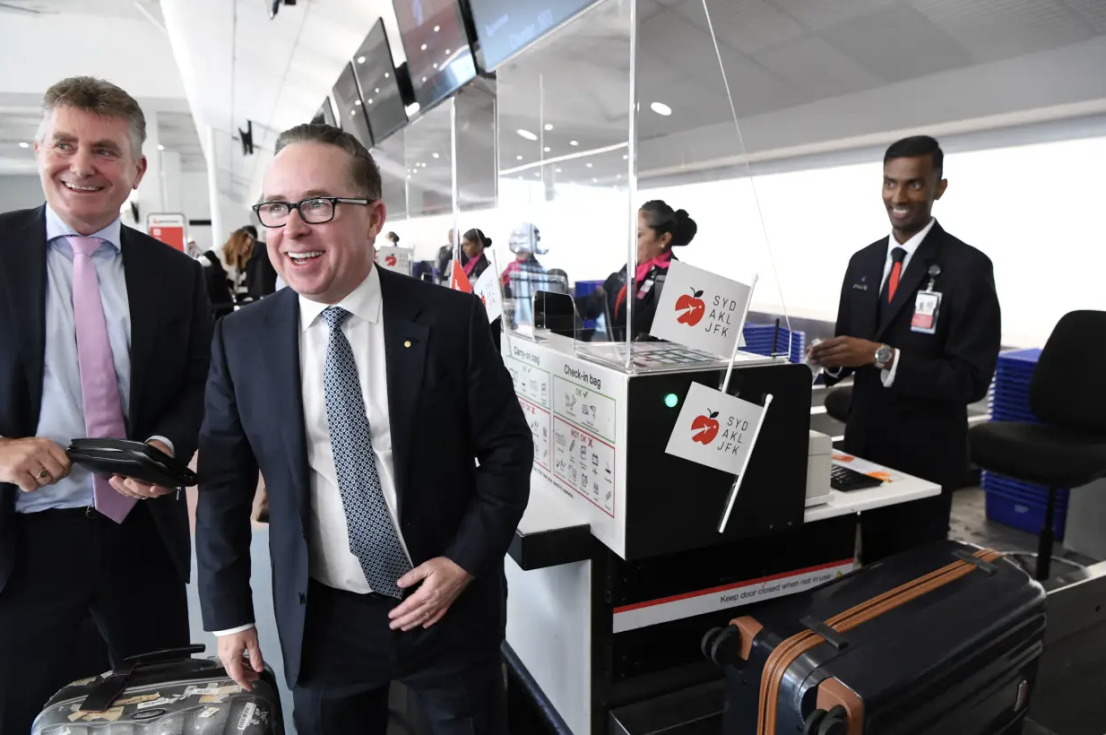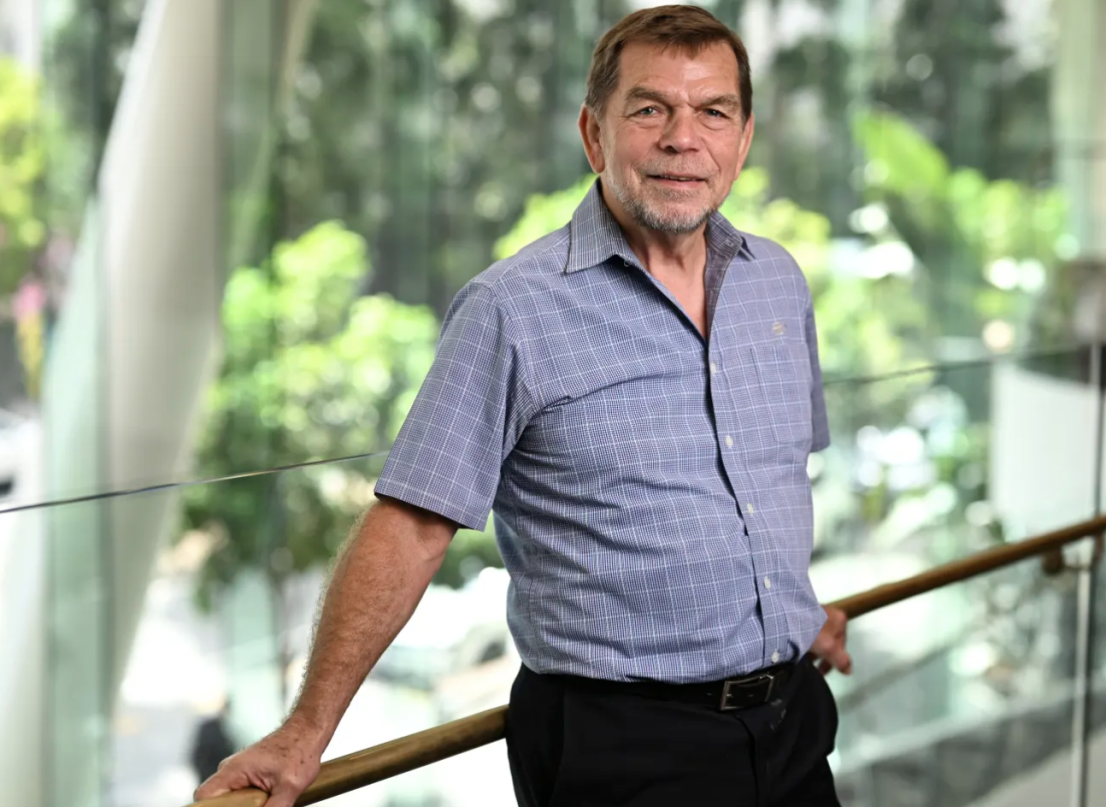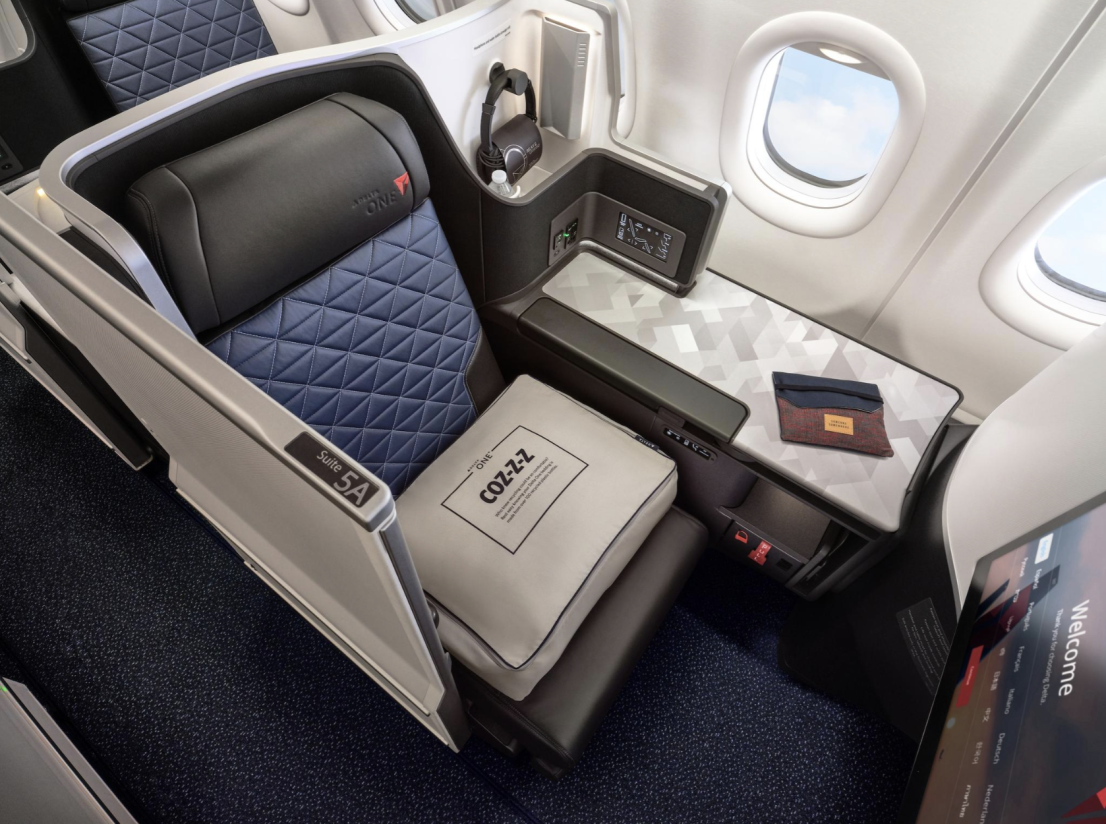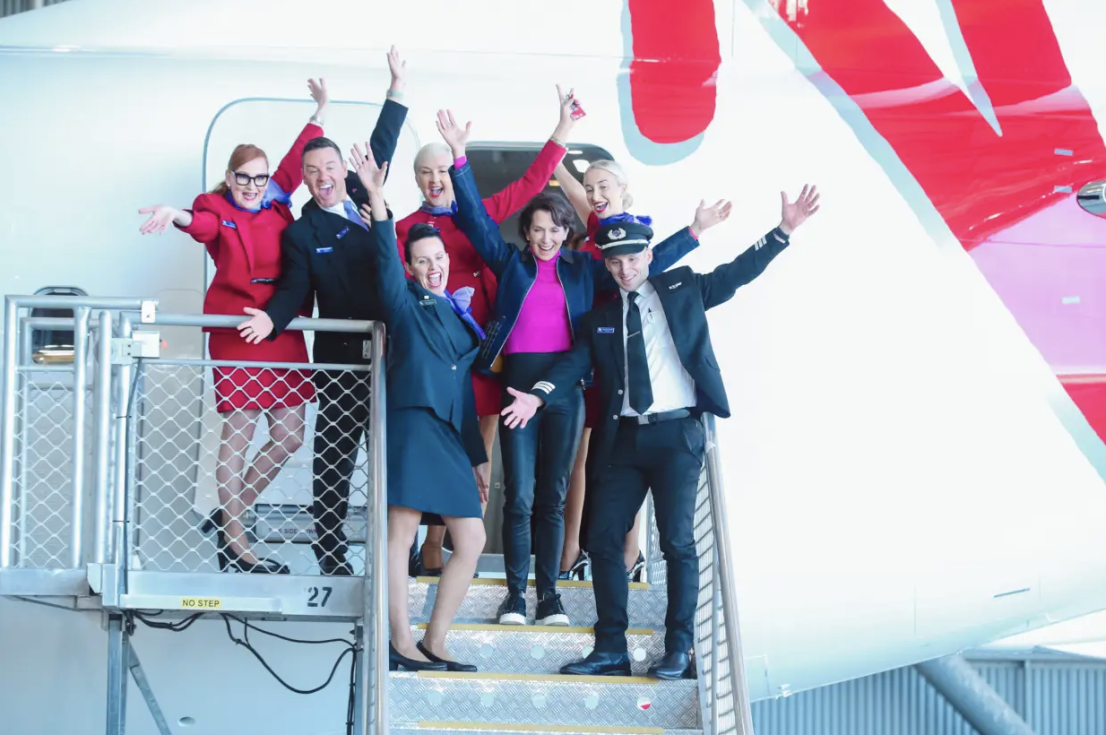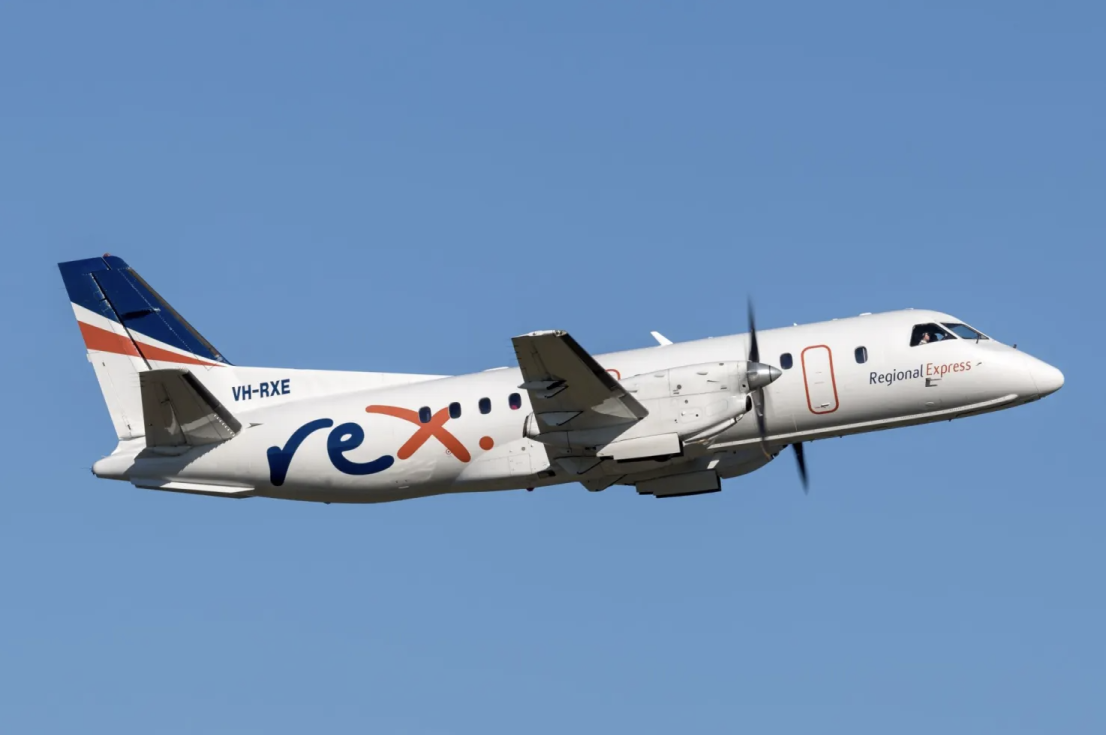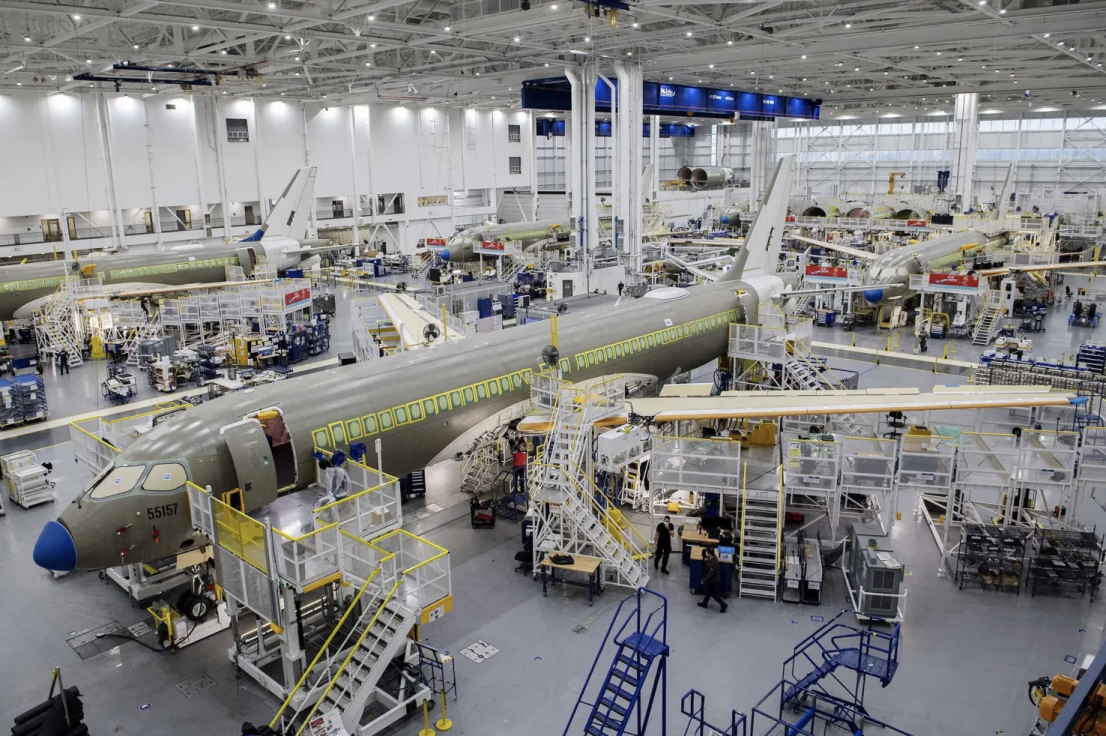
Flight Centre boss Graham Turner says travellers should expect to pay less for travel in the future as international airfares continue to fall. But he doubled down on his criticism of the Albanese government for blocking Qatar Airways from adding flights to Australia.
One of the biggest travel booking companies in the world, Flight Centre recorded $301.6 million in underlying earnings in the year to June 30, an almost half-a-billion-dollar turnaround from its 2022 loss of $183.1 million.
About 70 per cent of this result was generated in the six months to December following increased corporate travel, bolstered domestic flight offers and the rampant return of international airlines to Australia when the borders reopened after the pandemic.
Flight Centre recorded a full-year statutory profit of $70.5 million, swinging from a $377.8 million loss the year before. Its total transactions doubled to $22 billion.
The travel agent said macroeconomic conditions had not been “significantly impacting” demand in the first six weeks of this financial year, with its earnings already markedly higher than during the same, COVID-19-affected, period last year.
Flight Centre will issue a dividend for the first time since the pandemic. Shareholders will receive a fully franked payout of 18¢ per share. The company plans to adopt a new capital management strategy this year to pay out more than 50 per cent of its net profit as dividends or buybacks.
Presenting the results, Turner – who founded the travel booking behemoth in the 1980s – reiterated his criticism of the government’s decision to reject an application from Qatar Airways to double its flights to Australia.
“This is a significant blow. No other part of the tourism and aviation sector can rationalise it. I don’t blame Qantas for its lobbying, but I am concerned it was successful,” Turner said.
“This is supposed to be a competitive market, a free market. Our travel agency business competes with many major international businesses in Australia, as it should. Most other markets we compete in are relatively competitive.”
Turner said he was “reasonably confident” more international airlines would continue to apply to fly to Australia. He pointed to European carriers including Air France, which does not currently fly to Australia and has indicated it would like to. Turkish Airlines, one of the biggest airlines in the world, has also flagged its intention to fly here, but the Turkish government is yet to formally lodge an application.
Turner said he was concerned about the competition consequences of the government’s decision, and reiterated his prediction that it would keep airfares high.
Flight Centre’s results were buoyed by the resumption of corporate travel overseas. The group expects corporate travel in Australia to exceed 2019 levels by the end of 2024 as fares normalise.
“We spent a lot of time negotiating with businesses during COVID-19 to make sure they would continue to partner with us. We won a lot of work that way. This result is down to that success in the US and UK, but we expect Australian corporate travel to normalise as fares come down, and it becomes easier to book a seat,” Turner said.
RBC equity research analyst Wei-Wei Chen said Flight Centre’s leisure travel division outperformed its expectations, while its corporate segment underperformed. UBS’ equity research team said in a note the result was “a little underwhelming”.
Flight Centre shares closed 3 per cent lower at $21.42 on Wednesday.

